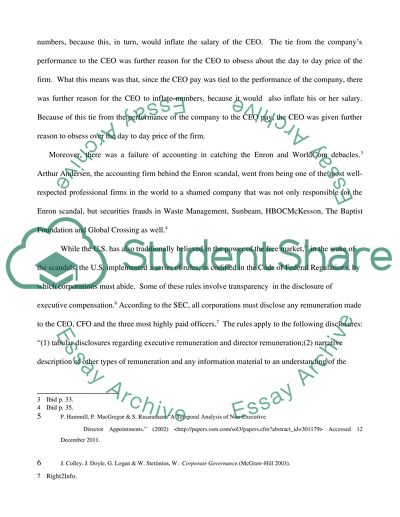Cite this document
(“Comparative Corporate Governance Assignment Example | Topics and Well Written Essays - 4000 words”, n.d.)
Retrieved from https://studentshare.org/law/1393774-comparative-corporate-governance
Retrieved from https://studentshare.org/law/1393774-comparative-corporate-governance
(Comparative Corporate Governance Assignment Example | Topics and Well Written Essays - 4000 Words)
https://studentshare.org/law/1393774-comparative-corporate-governance.
https://studentshare.org/law/1393774-comparative-corporate-governance.
“Comparative Corporate Governance Assignment Example | Topics and Well Written Essays - 4000 Words”, n.d. https://studentshare.org/law/1393774-comparative-corporate-governance.


